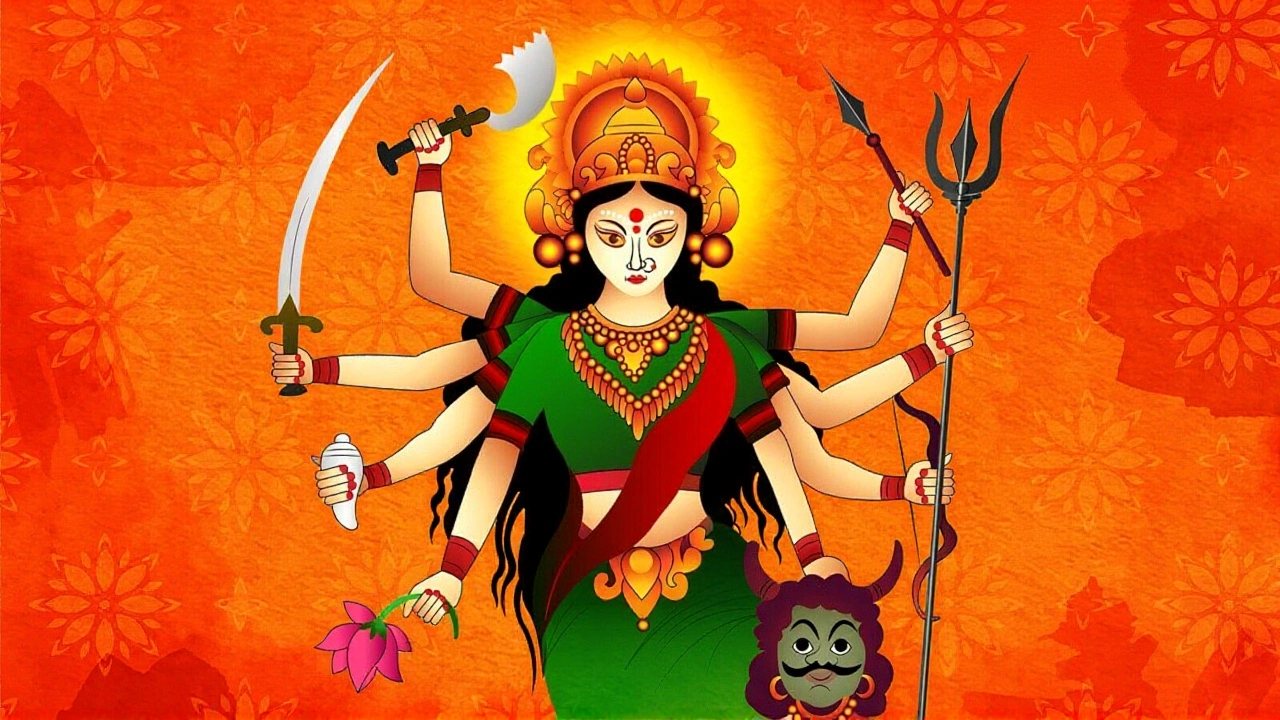Kanya Puja: Meaning, Rituals & Simple Celebration Guide
Kanya Puja is a special part of Navratri where families worship young girls as a symbol of the divine feminine. It’s a day to thank girls for their pure energy and ask for blessings for health and prosperity. The ceremony is simple, heartfelt, and can be done at home with minimal fuss.
When and Why Kanya Puja is Celebrated
The festival falls on the fourth day of Navratri, known as Ratha Saptami in some regions, but most people call it Kanya Puja. The idea comes from ancient scriptures that describe the goddess Durga’s power residing in young, innocent girls. By honoring them, devotees believe they invite the goddess’s protection into their homes.
In many Indian states, especially West Bengal, Odisha, and parts of North India, families invite five girls—usually between the ages of 3 and 12—to sit on a decorated platform. The number five represents the five forms of the goddess: Shailaputri, Brahmacharini, Chandraghanta, Kushmanda, and Skandamata.
Step‑by‑Step Guide to Performing Kanya Puja
1. Choose the girls: You can invite daughters, nieces, or any respectful girls from the neighborhood. The key is to treat them with love and respect.
2. Set up a clean area: Lay a yellow or red cloth on a low table, place a small idol of the goddess if you have one, and arrange flowers, incense, and a brass or steel plate.
3. Prepare the offering: Traditional items include rice, jaggery, coconut, fruits, and a sweet dish like payasam or halwa. You can also offer simple sweets made at home.
4. Begin the puja: Light a lamp, chant “Om Namah Shivaya” or any local prayer, and sprinkle water (abhishek) on the girls’ foreheads. Offer the prepared food on the plate and let the girls eat first.
5. Exchange gifts: After the puja, give each girl a small token—like a bangles, a piece of fruit, or a modest amount of money. This gesture shows gratitude and reinforces the respect for the feminine.
6. Clean up and share: Collect any leftover food, share it with the family, and keep the space tidy. The act of sharing the offering is considered a part of the blessing.
That’s it! The whole ceremony can be completed in 30‑45 minutes, making it easy to fit into a busy schedule.
Modern families often add personal touches: playing soft devotional music, involving children in decorating the area, or using eco‑friendly materials for the offerings. These small changes keep the tradition alive while respecting today’s values.
Remember, the heart of Kanya Puja is respect for women and girls. Whether you follow every detail or just the core idea, the celebration brings families together and spreads positive energy. So gather the girls, set up a simple altar, and enjoy a few moments of gratitude and joy.

Maha Ashtami 2025 sees millions honor Goddess Durga with Kanya Puja, Sandhi rituals and social media wishes on September 30, marking a rare convergence with Vijaya Dashami.
Read More